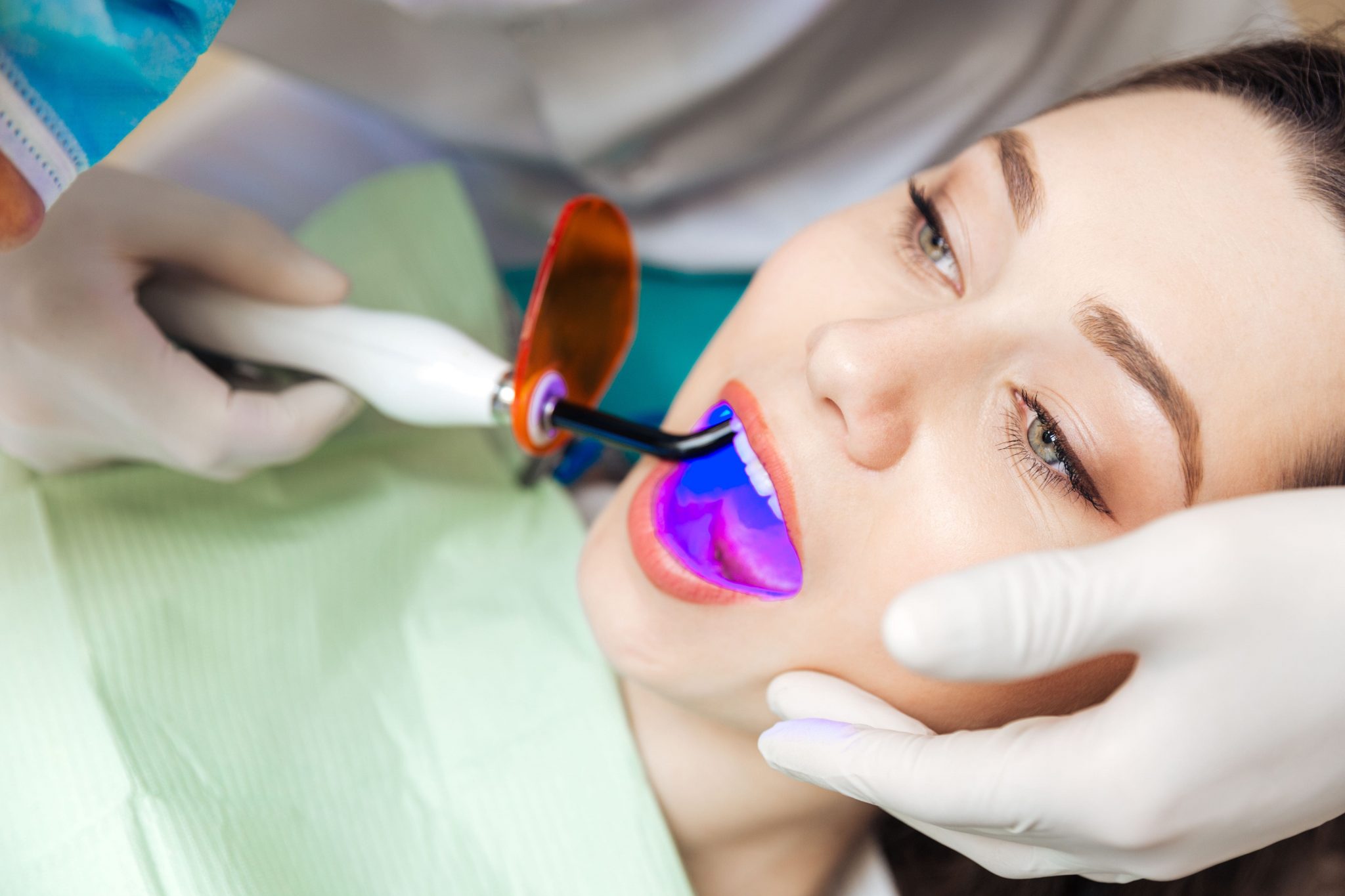Understanding Braces Myrtle Beach: Types and Benefits
1. Overview of Braces Options
Braces are a common orthodontic treatment primarily designed to correct misalignment of teeth and jaws. For those seeking options in braces Myrtle Beach, understanding the different types available can help make informed decisions.
There are several primary types of braces, including traditional metal braces, ceramic braces, lingual braces, and clear aligners such as Invisalign. Traditional metal braces are the most widely used, consisting of metal brackets attached to the teeth and connected by wires, which are adjusted periodically to shift teeth into better alignment. They are known for their effectiveness in treating complex orthodontic issues.
Ceramic braces offer a more aesthetic option, utilizing tooth-colored materials to blend in with the natural teeth. They function similarly to metal braces but may be less visible. Lingual braces are another discreet option that is affixed to the back of the teeth, making them virtually invisible from the front. However, they require specialized training for application. Lastly, clear aligners like Invisalign have gained popularity due to their removable nature and comfort, making them particularly attractive to adults and teenagers.
2. Benefits of Orthodontic Treatment
Choosing to undergo orthodontic treatment with braces can yield several benefits beyond just aesthetic improvement. Here are some notable advantages:
- Enhanced Oral Health: Proper alignment of the teeth can lead to improved oral hygiene since straight teeth are easier to clean, helping to prevent cavities and gum disease.
- Improved Functionality: Braces correct issues with bite, speech, and jaw alignment, leading to improved chewing function and less strain during normal activities.
- Boosted Confidence: Many individuals experience significant boosts in self-esteem and confidence after completing treatment due to the aesthetic improvements in their smiles.
- Long-term Investment: Orthodontic treatment can lead to reduced dental issues, which means lower costs for dental repairs or treatments in the future.
3. How to Choose the Right Type of Braces
Selecting the appropriate type of braces isn’t always straightforward, as it largely depends on individual needs and preferences. Here are some factors to consider:
- Severity of Dental Issues: Those with severe misalignment or bite issues might benefit more from traditional metal braces, while others with minor adjustments may find clear aligners sufficient.
- Aesthetic Concerns: For patients who are particularly concerned about the visibility of braces, options like ceramic or lingual braces may be more appealing.
- Patient Lifestyle: Consideration of one’s lifestyle is crucial. For active individuals or younger patients, certain options may present challenges, while for professionals who prefer discretion, invisible aligners can be ideal.
- Consultation with an Orthodontist: It is essential to seek advice from a qualified orthodontist, who can offer personalized recommendations based on a detailed examination and treatment goals.
The Process of Getting Braces Myrtle Beach
1. Initial Consultation: What to Expect
The journey to achieving a beautiful smile begins with an initial consultation. During this visit, the orthodontist will assess the alignment of your teeth and jaws. Expect to undergo a thorough examination, where X-rays may be taken, and impressions of your teeth might be made.
This is also an excellent opportunity to discuss your dental history and any specific concerns you may have about your teeth. The orthodontist will explain available treatment options, timelines, and answer any questions regarding the braces process. It’s important to come prepared with inquiries about what to expect during the treatment.
2. Preparing for Braces Application
Once you and your orthodontist have decided on a treatment plan, there are a few steps to prepare for the application of braces:
- Dental Cleaning: A professional cleaning is often advised to ensure your teeth and gums are healthy before installation.
- Oral Hygiene Instructions: Your orthodontist will provide guidelines for maintaining optimal oral hygiene during treatment, as brushing and flossing techniques may need adjustments.
- Dietary Adjustments: It’s advisable to avoid certain foods that can damage braces, such as hard candies or sticky substances.
3. Adjustment Visits and Timeline
Once braces are in place, regular adjustments are necessary to activate adjustment wires and change elastic bands. This typically happens every four to six weeks. During these visits, the orthodontist will monitor progress and make necessary changes to further align the teeth.
Timelines for treatment with braces can vary dramatically based on individual needs, typically ranging from 18 months to several years. Factors influencing this include the specific type of braces used, the complexity of the orthodontic issue, and patient compliance with care instructions.
Aftercare Tips for Braces Myrtle Beach
1. Importance of Oral Hygiene
Maintaining diligent oral hygiene while wearing braces is critical. The fixed brackets and wires create additional areas where food can get trapped, promoting plaque buildup. It is essential to brush your teeth at least twice a day and use specialized tools like orthodontic toothbrushes or flossers to clean effectively around the braces.
Your orthodontist may also recommend mouth rinses that can help reduce bacteria and maintain oral freshness. Regular check-ups with your dentist for professional cleanings will also support your oral health throughout the braces treatment.
2. Dietary Considerations During Treatment
Patients wearing braces should be cautious with their diet to avoid damage. Here are some knee-jerk recommendations:
- Avoid hard foods, such as nuts or hard candies, that can break brackets.
- Stay clear of sticky foods like caramel or taffy that can pull on the brackets.
- Opt for softer foods and cut larger items into manageable pieces.
- Drink plenty of water and maintain hydration while reducing sugary beverage consumption.
3. Managing Discomfort and Pain Relief
It is common to experience some discomfort, especially after adjustments or new braces installations. Over-the-counter pain relievers can help manage this discomfort. Additionally, using orthodontic wax on areas that may rub against the inside of your mouth can alleviate irritation. Cold packs used on the outside of the cheeks may also provide relief from soreness.
Common Myths About Braces Myrtle Beach Debunked
1. Misconceptions About the Pain Level
A prevalent myth surrounding braces is that they cause severe pain. While it is true that there may be some initial discomfort, many patients report that it is not as bad as anticipated. Understanding that any initial soreness can be managed and usually subsides within a few days can help ease concerns.
2. The Truth About Treatment Duration
Another misconception is that braces will always require years of wear. While it’s true that some treatments can be lengthy, many patients complete treatment in under two years. The duration is contingent upon various factors, including individual needs, the type of braces chosen, and how well the patient follows care instructions.
3. Braces and Aesthetic Concerns: What to Know
Some individuals shy away from braces due to concerns over aesthetics or social stigma. However, with advancements in orthodontic technology, options like ceramic braces and clear aligners have made it easier to undergo treatment without the visibility of traditional metal braces. This makes the confidence-boosting benefits of a corrected smile available to more people than ever before.
Cost and Insurance for Braces Myrtle Beach
1. Average Cost of Braces in Myrtle Beach
The cost of braces can vary significantly based on treatment complexity, the type of braces chosen, and the length of treatment. In Myrtle Beach, prices can typically range from a few thousand dollars to upwards of $7,000. Factors influencing cost include:
- The specific type of braces.
- The experience level of the orthodontist.
- Duration of the treatment.
2. Insurance Coverage: What to Look For
When considering braces, it’s essential to explore insurance options. Many dental insurance plans offer coverage for orthodontic treatment, but details can vary widely. Key points to investigate include:
- Does the policy cover a percentage of orthodontic treatment?
- Are there specific limits per patient for braces-related expenses?
- Are there exclusions for adult braces, or is it limited to children and teenagers?
3. Financing Options for Orthodontic Treatment
For those concerned about the affordability of braces, many orthodontic practices offer flexible payment plans to manage costs. Options may include:
- Monthly payment plans that spread the cost over the treatment period.
- Discounts for upfront payments.
- Third-party financing options that provide loans specifically for medical treatments.



